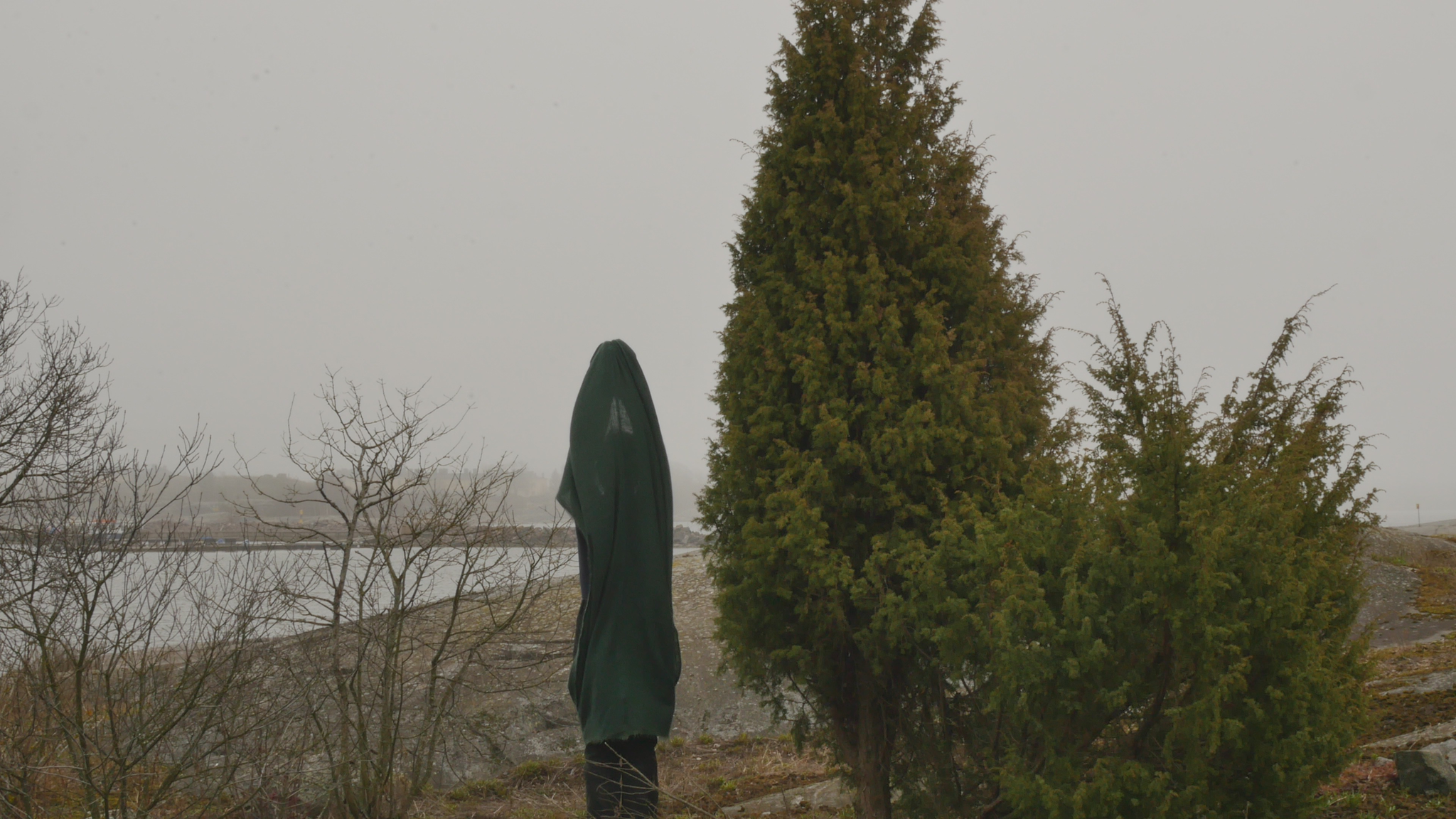Place-Thought, what could that be? A Juniper if anybody should be able to explain that. As philosophers and educators, like Michael Marder, Emanuele Coccia and Craig Holdrege have explained in their own way, plants know about place, they are sessile and situated and show in their bodies the characteristics of their environment, and more than that, they create the place they live in. One cannot separate a plant from the place where it grows, except through violence, and even in that case the former place remains as a shadow. Perhaps the same is true for humans as well. Vanessa Watts writes about place-thought from an indigenous perspective and refers to the Haudenosaunee creation myth when Sky Woman descends on a turtle and creates the land, becomes land. She writes: “Place-Thought is the non-distinctive space where place and thought were never separated because they never could or can be separated. Place-Thought is based upon the premise that land is alive and thinking and that humans and non-humans derive agency through the extensions of these thoughts.” (Watts 2013, 21) The idea that humans are created of soil is common for many religions, but the idea that humans have made agreements with animals and other non-human creatures, binding agreements, and see them as active members of society is a provocative thought. Although it makes sense to think that plants have outsourced part of their nervous system, or what resembles a nervous system into the environment, it is much harder to accept that humans would be in the same way tied to and bound by the land, much harder for us, that is. For traditional farming communities, where land has been worked by the same family for centuries it was probably not strange at all. Most of us here became urban nomads quite recently. But the idea that a family owns a special area of land is of course very strange for most indigenous people. How could one own something that is a shared basis for life?
Place-thought, the idea that land has intentionality, and that land is a female, a mother, is quite universal, too, but mostly understood in a mythical sense, not as a fact. So, what if a place can think? What if land has intention? Something in that vein was proposed by the Gaia hypothesis, understanding the planet as a living organism that will try to maintain some sort of equilibrium despite human destruction. But I also like the idea of feminist geographer Doreen Massey who said that place is a meeting place. What would be the place-thought of a meeting place?
Watts, Vanessa. 2013. ”Indigenous place-thought & agency amongst humans and non-humans (First Woman and Sky Woman go on a European world tour!)” in Decolonization: Indigeneity, Education & Society Vol. 2, No. 1, 2013, pp. 20-34.
Thank you to Denise Ackerl for introducing me to this text.


